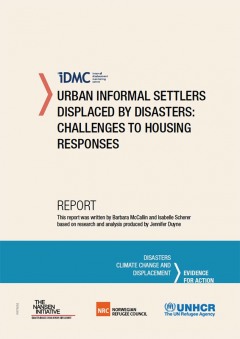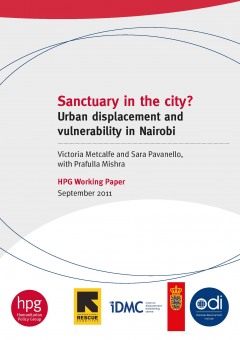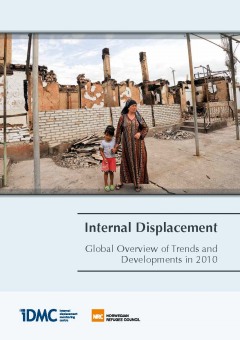Mapping Urban Transitions in the Greater Beirut Area Using Different Space Platforms
A particular challenge for undertaking urbanization mapping of Beirut is the absence of a unified understanding of the city. Migration, informal settlements, a lack of urban planning, political corruption, as well as internal conflict have made this task even harder. The population in Lebanon is unevenly distributed among regions, where one third of the population resides in the Greater Beirut Area (GBA), whereas it occupies only 233 km2 (2% of Lebanon’s total area). The Greater Beirut Area is subject to pressures arising from population growth and economic expansion.









